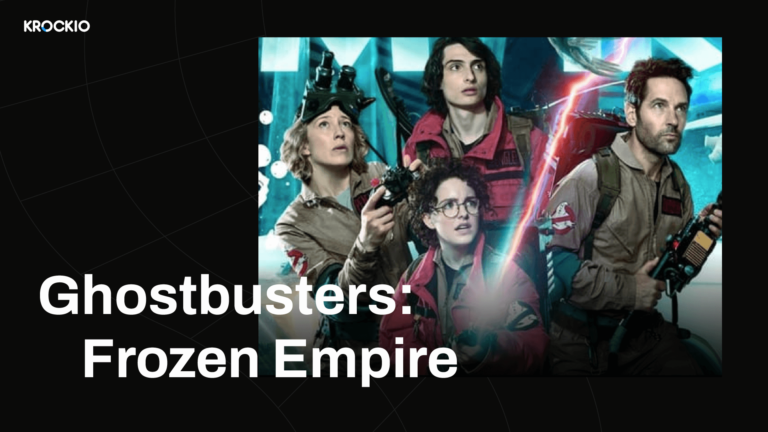The world of video production has come a long way over the past few decades. With the advent of digital technology, it has become easier than ever to produce high-quality videos. However, with the increased volume of video content being produced, it has become increasingly difficult to ensure that each video is of high quality. This is where proofing tools come in. In this article, we will explore the role of proofing tools in ensuring quality video production.
What Are Proofing Tools?
Proofing tools are software applications designed to help ensure that written and visual content is free of errors and mistakes. These tools use various algorithms and rules to check for spelling errors, grammatical mistakes, punctuation errors, and other types of errors that could affect the quality and credibility of the content.
Proofing tools are used in a wide range of industries, including journalism, marketing, advertising, and video production. They are especially important in video production, where errors in the script, visuals, or sound can result in a poor viewing experience for the audience.
Proofing Tools in Video Production
When it comes to video production, proofing tools play a vital role in ensuring that the final product is of high quality. Video production involves a lot of different elements, including scriptwriting, storyboarding, filming, editing, and post-production. Each of these stages presents an opportunity for errors to occur, and it is the job of the proofing tools to catch these errors before they make it into the final video.
Here are some ways in which proofing tools can be used throughout the video production process:
Scriptwriting
The script is the foundation of any video production. It sets the tone, establishes the characters, and outlines the story. As such, it is essential that the script is well-written and error-free. Proofing tools can be used to check the script for spelling and grammar errors, as well as to ensure that it flows well and makes sense.
Storyboarding
Storyboarding is the process of creating a visual representation of the script. It involves drawing out each scene and shot, and it serves as a blueprint for the rest of the production process. Proofing tools can be used to check the storyboard for accuracy and consistency, as well as to ensure that it matches the script.
Filming
During filming, proofing tools can be used to ensure that the dialogue is being delivered correctly and that there are no technical issues with the footage. For example, some proofing tools can be used to check the lighting and sound quality, which are crucial elements in any video production.
Editing
Editing is where the video really comes together. It involves piecing together the footage, adding effects, and ensuring that the final product is polished and professional. Proofing tools can be used to check the edited footage for errors, such as spelling mistakes in text overlays or issues with the timing of special effects.
Post-Production
Once the video has been edited, it goes into post-production. This involves adding the finishing touches, such as color correction and sound mixing. Proofing tools can be used to check the final product for any remaining errors, such as spelling mistakes in the credits or issues with the audio levels.
The Role of Collaboration
Collaboration is a critical component of any successful video production project. From the scriptwriting phase to the final edit, each member of the production team must work together to ensure that the video meets the highest standards of quality and professionalism. Proofing tools can play a key role in facilitating collaboration between team members, allowing for more efficient and effective error checking.
One way that proofing tools can facilitate collaboration is by streamlining the feedback process. By using a shared platform or software application, team members can easily provide feedback and suggestions on different aspects of the video, from the script to the final cut. This allows for a more collaborative approach to error checking, as team members can work together to identify and address issues.
Another way that proofing tools can facilitate collaboration is by providing a clear and consistent framework for error checking. By using standardized tools and processes, team members can ensure that errors are caught and addressed in a systematic and efficient manner. This can help to reduce confusion and miscommunication among team members, leading to a more streamlined and effective production process.
Proofing tools can also help to facilitate collaboration between different departments within the production team. For example, visual proofing tools can help to ensure that the video’s graphics and special effects are consistent with the overall vision of the project. By using these tools, the visual effects team can work closely with the directors and producers to ensure that the final product meets their vision and expectations.
In addition to facilitating collaboration among team members, proofing tools can also help to improve communication and collaboration with external stakeholders, such as clients or investors. By using online proofing tools to catch errors and ensure that the final product meets the highest standards of quality, video production teams can build trust and credibility with their stakeholders, leading to more successful and profitable projects.

Benefits of Using Proofing Tools in Video Production
Using online proofing tools in video production offers a range of benefits. Here are just a few:
- Improved Quality
The primary benefit of using proofing tools is that they help to improve the quality of the final product. By catching errors early on in the production process, proofing tools ensure that the final product is polished and error-free.
- Efficiency
Using proofing tools can also make the video production process more efficient. Rather than spending time manually checking for errors, proofing tools can quickly scan the content and flag any issues. This allows the production team to focus on other tasks, such as filming and editing.
- Consistency
Proofing tools can also help to ensure that the final product is consistent. By checking for errors throughout the production process, proofing tools can ensure that the video is cohesive and that all elements are working together to create a seamless viewing experience for the audience.
- Reduced Costs
By catching errors early on in the production process, proofing tools can help to reduce costs. This is because errors that are caught later in the process can be costly to fix. For example, re-filming a scene or re-editing a video can be time-consuming and expensive.
- Increased Productivity
Online proofing can also help to increase productivity by freeing up time that would otherwise be spent manually checking for errors. This allows the production team to focus on other tasks, such as creative brainstorming and planning for future projects.
Types of Proofing Tools
Spell-Checkers
Spell-checkers are software applications that are designed to check the written content for spelling errors. These tools are essential in video production, where accurate spelling is crucial for text overlays and subtitles.
Grammar Checkers
Grammar checkers are software applications that are designed to check the written content for grammatical errors. These tools are essential in video production, where correct grammar is crucial for dialogue and text overlays.
Plagiarism Detectors
Plagiarism detectors are software applications that are designed to check the written content for instances of plagiarism. These tools are essential in video production, where originality is crucial for the success of the project.
Accessibility Tools
Accessibility tools are software applications that are designed to check written and visual content for accessibility issues. These tools are essential in video production, where it is important to ensure that the final product is accessible to all viewers, regardless of their abilities.
The Benefits of Using the Krock.io Software
Krock.io is a platform that offers a wide range of features designed to streamline the video production process, including online proofing, feedback, and collaboration tools.
One of the key features of Krock.io is its intuitive user interface. The platform is designed to be easy to use, with a clean and simple layout that makes it easy for team members to navigate and use. This can help to reduce the learning curve for new users and ensure that team members are able to quickly and easily provide feedback and collaborate on video projects.
Another key feature of Krock.io is its powerful collaboration tools. The platform includes real-time commenting, annotations, and approvals, allowing team members to easily communicate and work together to identify and address issues.
Overall, Krock.io is a powerful and flexible online proofing tool that video production teams can use to streamline their workflows, improve collaboration, and ensure the success of their projects. With its intuitive interface, powerful collaboration tools, and integration with popular editing software, Krock.io is a great option for video production teams looking for a comprehensive and user-friendly solution for online proofing and collaboration.
Conclusion
In conclusion, proofing tools play a vital role in ensuring quality video production. From scriptwriting to post-production, proofing tools can be used to catch errors and ensure that the final product is polished and error-free. By using proofing tools, video production teams can improve the quality of their work, increase productivity, reduce costs, and ensure that their content is accessible to all viewers.
As the demand for high-quality video content continues to grow, proofing tools will become an increasingly important part of the production process.









